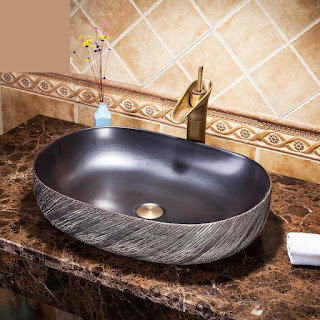How to grow & Care of Kamini
Know About the Most Beautiful Flower in the World – Kamini
As you would have guessed, the Kamini is local to the Indian subcontinent and China. Although mostly found in the Eastern part of the nation, it is generally utilized in gardens as a supporting plant. The thick cover of lustrous green leaves permits the bush to be pruned intently. The propensity of the bushes to sprout on the new wood makes them even more magnificent, when they burst into blossom half a month after they are pruned. Kamini is known by an assortment of names in the subcontinent: Vengarai in Tamil, Kaadu karibevu in Kannada, Kunti in Marathi, and Maramulla in Malayalam. You may likewise have guessed from their Kannada names, that these wonders are firmly identified with the staple herb of south Indian food – the curry leaf (Murraya koenigii).
Kamini leaves on the other hand aren’t preferred for cooking. However, the plant has different uses. The little white fragrant blossoms that the plant delivers consistently, are honey bee magnets. When planted near apiaries, the plants furnish the honey bees with a natural breeze boundary, and the nectar from the blossoms gives the honey a normally tangy undertone
The madhu kamini flower often goes by the name Orange Jasmine because of its aromatic orange like fragrance. Orange Jessamine is a little, tropical, evergreen tree or bush growing up to 7 metre tall. The plant blossoms sprout consistently. Its leaves are gleaming and glabrous, 3 to 7 inches long. Flowers are terminal, few bloomed, fragrant and thick. The fruit of Murraya paniculata is plump, elliptical ovoid, shaded red to orange, and grows up to 1 inch long.
Growing Conditions of Kamini
Scientific Details
Botanical name : Murraya paniculata
Family : Rutaceae
Plant height : 3-7 m
Life cycle : Perennial
Leaf Colour:Green
Flower Colour: White, red, pink
Light : Full sun/ half sun
Temperature : 15-30°C
Climate : Tropical, subtropical
Soil : Loamy soil
Advantage : Easy to grow
Soil and Location
It grows very well in alkaline, clay, sandy, acidic and humid soil. For this, moisture soil should be good but should not be damp or soggy. The well-drained soil will give you the best results. It is a tropical plant, so loves the sun full, although it can bear some shadow. This is perfect for a sunny window.
Propagation
Murraya paniculata can propagate by cuttings or seeds, but it can be easily developed by stem-tip cutting. For this, you should take a healthy cutting, ideally except some leaves and remove it all. Place it in a container with a medium like sterile, well-drain peat or sand and keep it in hot spots. If you use a rooting hormone to propagation the chances of success increase.
Watering
Madhu Kamini plants like moisture, so these plants require regular water. It should not be water logging in its soil, it can cause damage to the plant.
Fertilizing
During the growing season, feed your farming plant balanced fertilizer (5-10-5 or 5-10-10). Allow approx 1 cup for each bush, sprinkle it around the drip line.
Usage
Traditionally, Kamini is used to kill traditional medical analgesic, and its wood is used for tool handles. In the western part, it is used as a decorative tree or hedge.
Traditionally, kamini is utilized both in conventional medication as a pain reliever and for wood.
Honey bee ranches have been known to plant kamini plant close to bee hives. Serving as nourishment for the honey bees and at the same time protecting them from the harsh winds. Nectar gathered from bee hives that gather pollen from kamini flowers, have a tart sweet orange undertone.
The plant is utilized for the decorative purposes in light of its solidness, wide scope of soil resilience, and is appropriate for bigger hedges. The plant blossoms consistently and creates little, fragrant bloom bunches which draw in honey bees, while the fruits attract little frugivorous birds.





Comments
Post a Comment